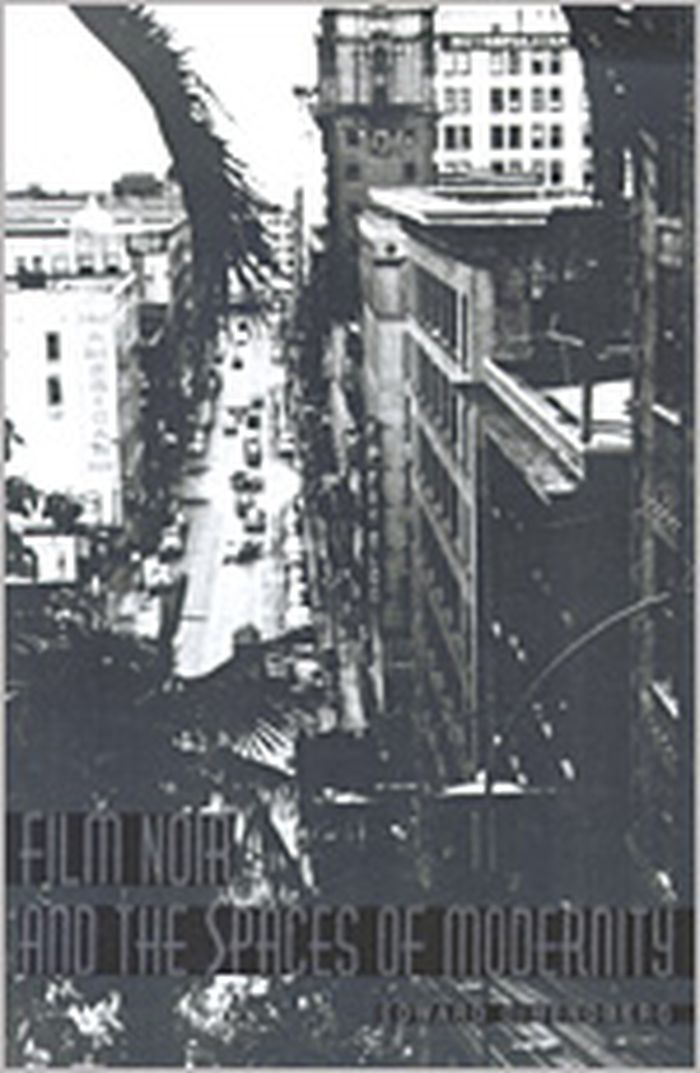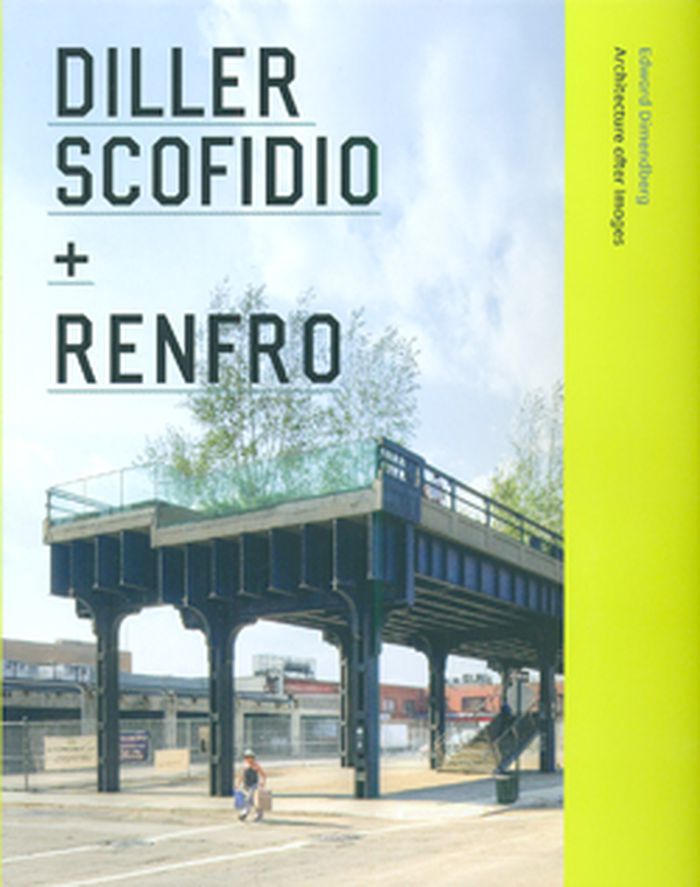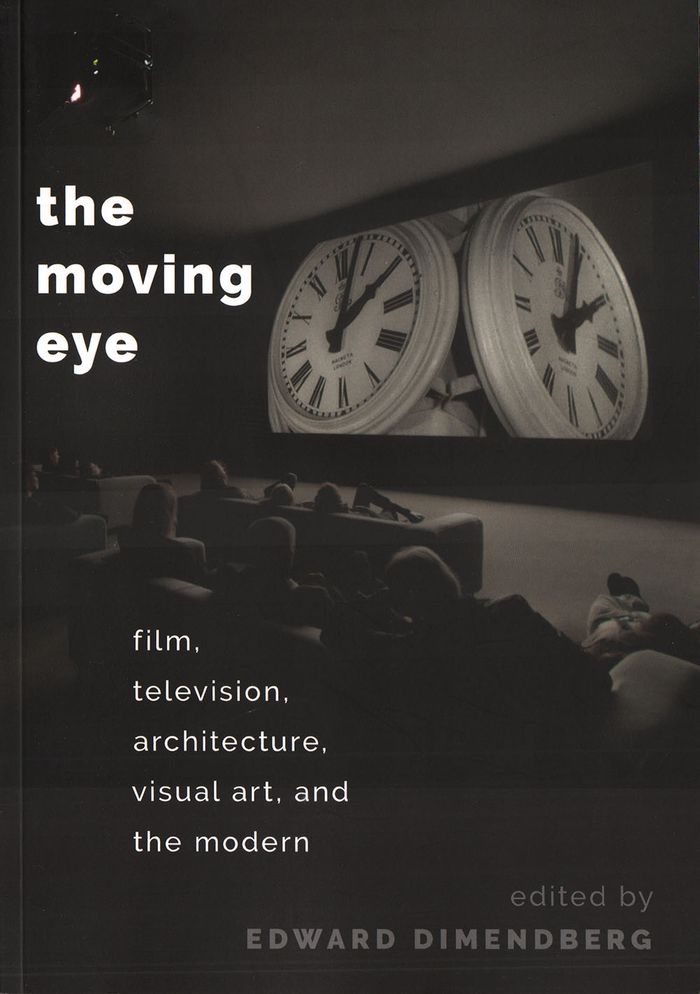$56.95
(available to order)
Summary:
Film noir remains one of the most enduring legacies of 1940's and 1950's Hollywood. Populated by double-crossing, unsavory characters, this pioneering film style explored a shadow side of American life during a period of tremendous prosperity and optimism. Edward Dimendberg compellingly demonstrates how film noir is preoccupied with modernity, particularly the urban(...)
Commercial interiors, Building types
April 2004, Cambridge, Mass.
Film noir and the spaces of modernity
Actions:
Price:
$56.95
(available to order)
Summary:
Film noir remains one of the most enduring legacies of 1940's and 1950's Hollywood. Populated by double-crossing, unsavory characters, this pioneering film style explored a shadow side of American life during a period of tremendous prosperity and optimism. Edward Dimendberg compellingly demonstrates how film noir is preoccupied with modernity, particularly the urban landscape. The originality of Dimendberg's approach lies in his examining these films in tandem with historical developments in architecture, city planning, and modern communications systems. He confirms that noir is not simply a reflection of modernity but a virtual continuation of the spaces of the metropolis. He convincingly shows that Hollywood's dark thrillers of the postwar decades were determined by the same forces that shaped the city itself. Exploring classic examples of film noir such as "The Asphalt Jungle", "Double Indemnity", "Kiss Me Deadly", and "The Naked City" alongside many lesser-known works, Dimendberg masterfully interweaves film history and urban history while perceptively analyzing works by Raymond Chandler, Edward Hopper, Siegfried Kracauer, and Henri Lefebvre. A bold intervention in cultural studies and a major contribution to film history, Film Noir and the Spaces of Modernity will provoke debate by cinema scholars, urban historians, and students of modern culture - and will captivate admirers of a vital period in American cinema.
Commercial interiors, Building types
$86.95
(available in store)
Summary:
Edward Dimendberg offers the first comprehensive treatment of one of the most imaginative contemporary design studios. Since founding their practice in 1979, Elizabeth Diller and Ricardo Scofidio have integrated architecture, urban design, media art, and the performing arts through performances, art installations, and books, in addition to buildings and public spaces. (...)
Diller Scofidio + Renfro: architecture after images
Actions:
Price:
$86.95
(available in store)
Summary:
Edward Dimendberg offers the first comprehensive treatment of one of the most imaginative contemporary design studios. Since founding their practice in 1979, Elizabeth Diller and Ricardo Scofidio have integrated architecture, urban design, media art, and the performing arts through performances, art installations, and books, in addition to buildings and public spaces. At the center of this work is a fascination with vision and a commitment to questioning the certainty and security long associated with architecture. Dimendberg provides an extensive overview of these concerns, how the partners question the nature of space and vision in contemporary culture, and produce work that is endlessly surprising and rewarding, from New York’s High Line to Blur, an artificial cloud, and Facsimile, a video screen that moves around a building facade.
Architecture Monographs
$43.95
(available in store)
Summary:
Once the province of film and media scholars, today the moving image is of broad concern to historians of art and architecture and designers of everything from websites to cities. As museums and galleries devote increasing space to video installations which no longer presuppose a fixed viewer, urban space becomes envisioned and planned through "fly throughs," and(...)
The moving eye: film, television, architecture, visual art, and the modern
Actions:
Price:
$43.95
(available in store)
Summary:
Once the province of film and media scholars, today the moving image is of broad concern to historians of art and architecture and designers of everything from websites to cities. As museums and galleries devote increasing space to video installations which no longer presuppose a fixed viewer, urban space becomes envisioned and planned through "fly throughs," and technologies such as GPS add data to the experience of travel, moving images have captured the attention of geographers and scholars across the humanities and social sciences. Their practice of "mobility studies" is remaking how we understand a contemporary world in relentless motion. Media theorist and historian Anne Friedberg (1952-2009) was among the first practitioners of visual studies to theorize the experience of vision in motion. Her books have become key points of reference in the discussion of the windows that frame images and the viewers in motion who perceive them. Although widely influential beyond her own discipline, Friedberg's work has never been the subject of an extended study. "The Moving Eye" gathers together essays by renowned thinkers in media studies, art history, architecture, and museum studies to consider the rich implications of her work for understanding film and video, new media, visual art, architecture, exhibition design, urban space, and virtual reality.
Architecture and Film, Set Design


